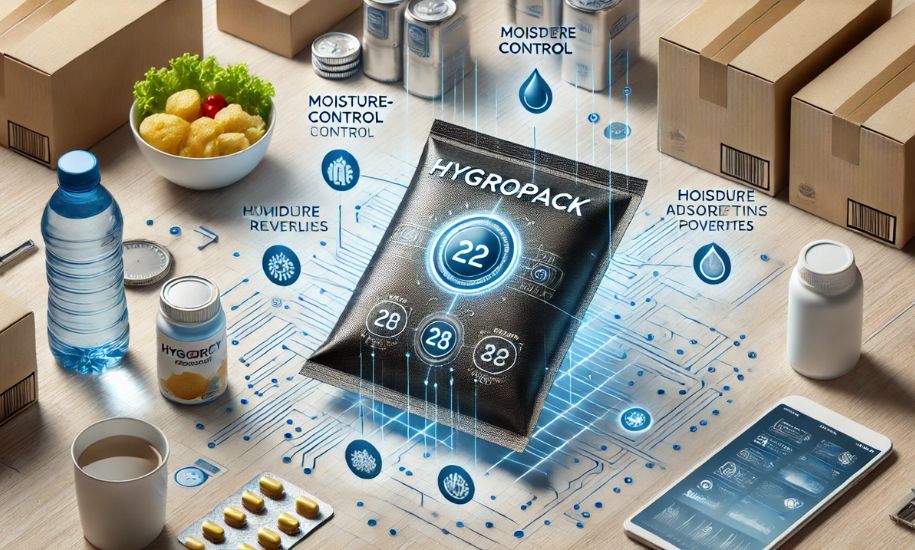Understanding your emotions can feel like navigating a labyrinth of thoughts, reactions, and physical sensations. Enter Fearscans—a transformative way to identify and interpret emotional triggers, especially those rooted in fear. Whether you’re seeking greater self-awareness or tools to manage anxiety, this guide will unravel the mysteries of emotions and help you master them for a more balanced life.
What Are Fearscans?
At its core, Fearscans is a metaphorical term for analyzing and understanding the emotions, particularly fear, that influence your behavior. Just like scanning a barcode reveals details about a product, scanning your fears reveals the underlying triggers and thought patterns that shape your responses. Recognizing these patterns is the first step toward emotional clarity and control.
Why Understanding Emotions Matters
Emotions play a crucial role in every decision, interaction, and experience. Fear, in particular, is a survival mechanism designed to keep us safe. However, unchecked fear can lead to stress, anxiety, and avoidance behaviors. By understanding your emotional responses, you can transform fear from a hindrance into a tool for personal growth.
Defining Fearscans
A Fearscan involves reflecting on your emotional state to identify the root causes of fear. This can range from simple self-inquiry to guided exercises using mindfulness or journaling. When you conduct a Fearscan, you focus on questions like:
- What triggered this emotion?
- How intense is the fear?
- Is it a rational or irrational response?
How Fearscans Work
Fearscans rely on awareness and introspection. By pausing to assess your feelings during stressful moments, you build a habit of separating genuine threats from perceived ones. This clarity helps reduce overreactions and empowers you to respond thoughtfully rather than impulsively.
Emotional Triggers and Responses
Emotional triggers are situations, words, or environments that evoke intense feelings. Fear is one of the most common responses. For instance, a missed deadline might trigger fear of failure, while public speaking could ignite fear of judgment. Recognizing these triggers allows you to prepare for and navigate them effectively.
The Role of the Brain in Emotions
Emotions originate in the amygdala, a small but powerful part of the brain that processes threats and triggers fear responses. However, the prefrontal cortex—responsible for reasoning—can help regulate these responses when fear is disproportionate. Understanding this interplay gives you an edge in managing your emotional state.
Hormones and Their Impact on Feelings
Hormones like adrenaline and cortisol surge when you’re scared, preparing your body for a fight-or-flight response. While these are essential for survival, prolonged exposure due to chronic fear or anxiety can harm your health. A Fearscan can help you identify stressors and mitigate their impact on your well-being.
Why Fear Is a Universal Emotion
Fear is hardwired into every human being. It has evolutionary roots, protecting our ancestors from predators and other dangers. Today, while most threats are less immediate, fear continues to influence everything from financial decisions to personal relationships.
Fight, Flight, Freeze: The Trio Explained
Fear responses can be categorized into three types:
- Fight: Confronting the threat head-on.
- Flight: Escaping the situation.
- Freeze: Feeling immobilized and unable to act.
Each response has its place, but an overactive fear response can lead to unnecessary stress and avoidance behaviors.
Differentiating Rational and Irrational Fears
Rational fears are based on real, immediate threats, like encountering a wild animal. Irrational fears, such as fear of public speaking, often stem from perceived threats that hold little actual danger. Fearscans help you distinguish between these two, enabling you to tackle irrational fears more effectively.
Identifying Everyday Fear Patterns
Fear manifests in various ways, from procrastination to avoiding conflict. These patterns often stem from past experiences or societal pressures. A daily Fearscan can help you pinpoint these habits and replace them with healthier ones.
How Fear Shapes Decision-Making
Fear can cloud judgment, leading to missed opportunities or hasty decisions. However, when used constructively, fear can also sharpen your focus and drive careful planning. The key lies in balancing emotional and rational thinking.
Emotional Awareness in Relationships
Fear of vulnerability often hinders meaningful connections. By identifying these fears through Fearscans, you can work toward openness and trust, improving both personal and professional relationships.
Journaling and Mindfulness
Writing down your fears or practicing mindfulness can bring clarity and calmness. These practices allow you to process emotions constructively and recognize patterns over time.
Using Technology for Emotional Tracking
Apps like Moodpath or Reflectly offer tools for tracking your emotions, making it easier to notice trends and triggers. These digital Fearscans complement traditional practices like journaling.
Therapy and Professional Support
Sometimes, fears are deeply ingrained and require guidance from professionals. Therapists can help you navigate complex emotions and provide tailored strategies for overcoming them.
Practical Steps to Cope with Fear
- Name the Fear: Identify and label your emotion.
- Challenge Your Thoughts: Question the validity of fearful beliefs.
- Take Small Steps: Gradually expose yourself to feared situations.
Long-Term Emotional Resilience Strategies
Building resilience involves cultivating self-awareness, practicing gratitude, and maintaining a support system. Over time, these habits strengthen your ability to face challenges with confidence.
The Role of Support Systems
Sharing fears with trusted friends or family can provide relief and perspective. A strong support system reminds you that you’re not alone in your struggles.
Improved Relationships
Understanding your fears fosters empathy for yourself and others, paving the way for healthier communication and deeper connections.
Enhanced Mental Health
Fearscans encourage self-reflection, reducing the likelihood of anxiety spirals. By identifying and addressing fears early, you maintain emotional stability.
Common Myths About Fearscans
- Myth: Fearscans are only for severe anxiety. Reality: They benefit anyone seeking greater emotional clarity.
- Myth: Emotions are fixed and unchangeable. Reality: With practice, emotional responses can evolve.
Stories of Overcoming Emotional Barriers
Real-life examples inspire change. For instance, Sarah, a young professional, used Fearscans to overcome her fear of public speaking, leading to career growth.
Building a Daily Practice
Consistency is key. Dedicate time each day to reflect on your emotions, journal, or meditate. These small actions accumulate into significant improvements.
Leveraging Fear for Growth
Fear often signals an area for growth. Leaning into discomfort, rather than avoiding it, transforms challenges into opportunities.
FAQs
What is the purpose of a Fearscan?
Fearscans help identify and understand the root causes of fear, enabling better emotional management.
How often should I conduct a Fearscan?
Daily or weekly check-ins are ideal for maintaining emotional awareness.
Can Fearscans help with anxiety disorders?
While they can be helpful, professional therapy is recommended for clinical anxiety.
Are Fearscans time-consuming?
Not at all. A simple reflection or journaling session takes just a few minutes.
Do I need special tools for Fearscans?
No, just an open mind and a willingness to explore your emotions.
Can children benefit from Fearscans?
Yes, teaching children emotional awareness early can lead to lifelong resilience.
Conclusion
Fearscans offer a practical, empowering way to understand and manage your emotions. By embracing this approach, you can transform fear from a limitation into a stepping stone for personal growth and emotional mastery. Take the first step today, and discover the strength within your fears.

 Blog4 months ago
Blog4 months ago
 Life style4 months ago
Life style4 months ago
 Tech4 months ago
Tech4 months ago
 Tech4 months ago
Tech4 months ago
 Life style4 months ago
Life style4 months ago
 News4 months ago
News4 months ago
 Tech4 months ago
Tech4 months ago
 Blog4 months ago
Blog4 months ago



